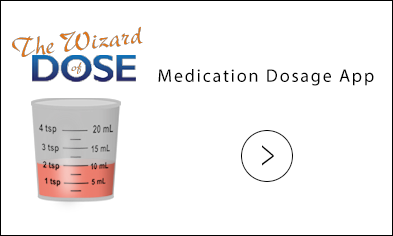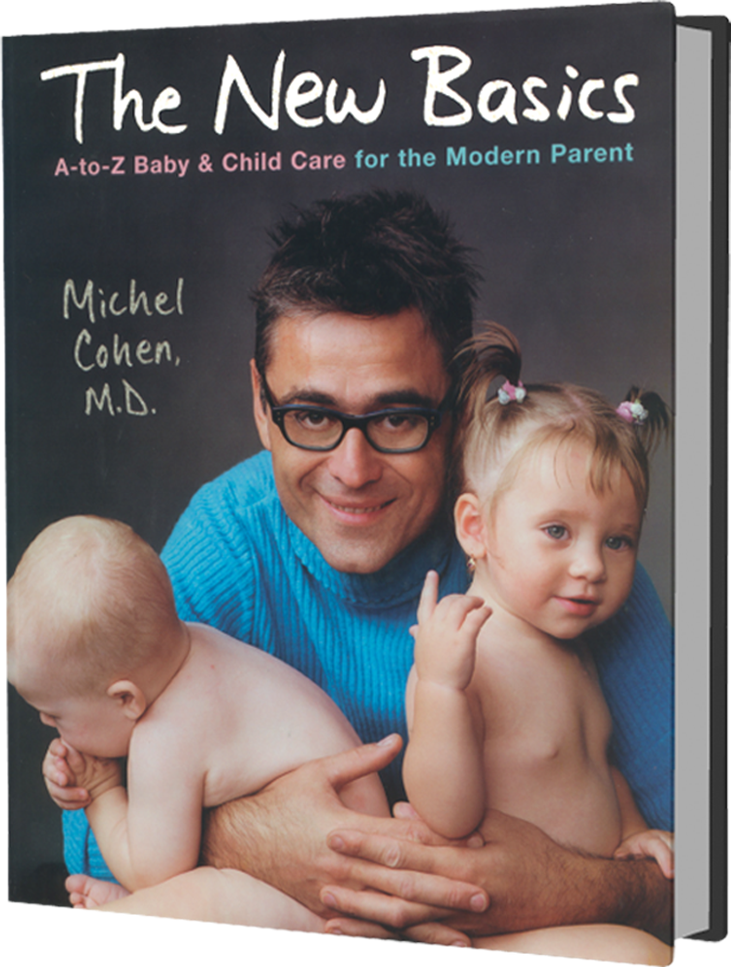
Nasal Aspirator
As a child, I often stared at the bulb syringe lying on the night table next to my crib. Ironically, one reason for my fascination was that it resembled my pacifier, which I really enjoyed. But I feared the moment when the syringe would actually be put to use. My parents felt they had to suck up some of my nasal secretions periodically, which they would discard with pride and relief while I was catching my breath. Boy, did I hate that thing in my nose. The worst part was when they’d pour saltwater in my nostrils, trying to loosen the mucus in preparation for the aspirator. To this very day, I can still remember the taste. As I got older, I developed a technique of sustained resistance until my parents finally gave up the fight.
Who invented these diabolical bulb syringes? Nasal secretions occur naturally and increase in response to viral irritation. Most of the mucus is secreted at the back of the nose and ingested into the stomach, unless it’s brought up and spat out. What you see leaking from the nose is only the tip of the iceberg.
Nasal aspirators are worthless even when Lucy has a full-blown cold. First of all, kids hate them. Second, using one is like emptying a swimming pool with a tablespoon: You can go and suck out a little mucus, but ten minutes later you’ll just have to do it all over again. Worse, the aspirator will occasionally injure the nasal membranes.
Nasal saline drops are equally dubious. They push secretions down the airway, creating lots of gurgling. Of course you want to help, but this situation happens to be one in which the best help is to refrain from doing anything. A baby can be both snotty and beautiful.




 MEDICATION DOSAGE
MEDICATION DOSAGE

